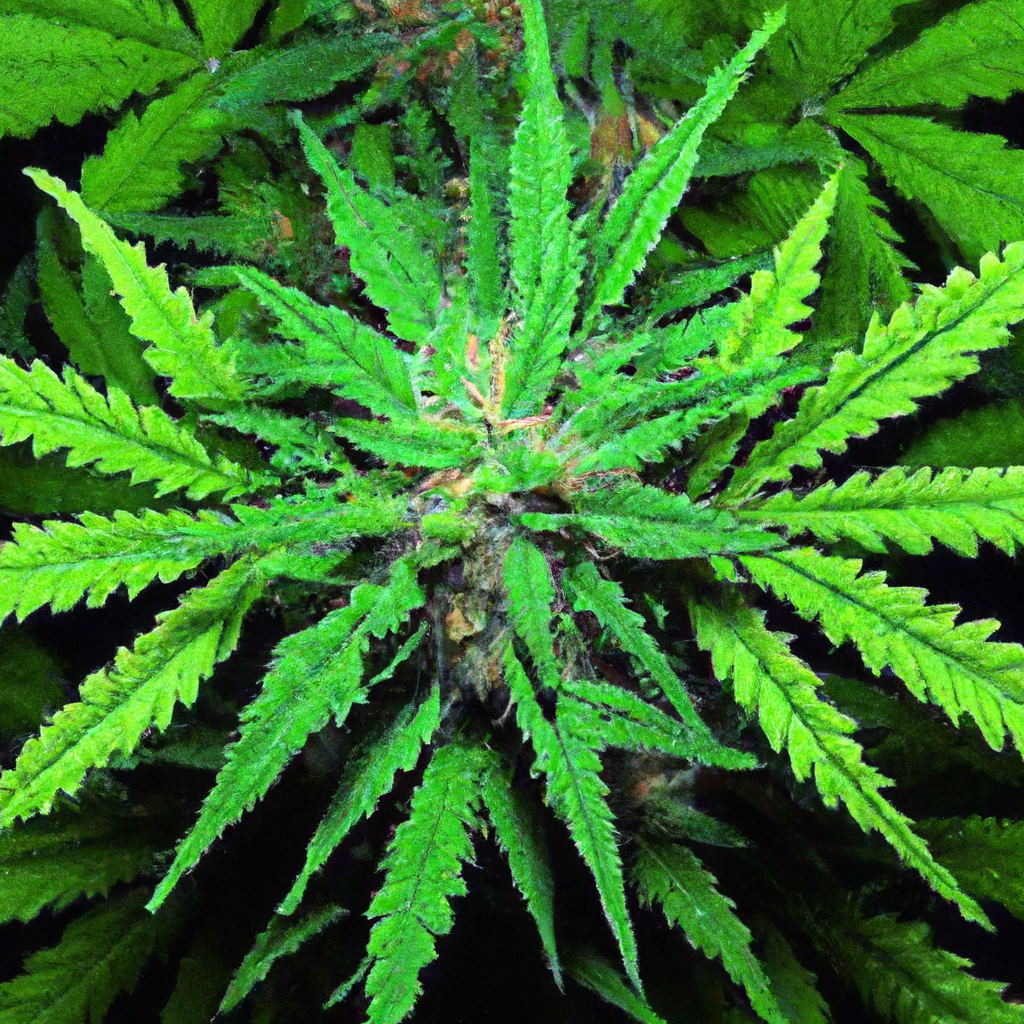By John “Magic” Greenleaf: “Growing greatness, one strain at a time.”
Introduction
In the ever-evolving world of cannabis cultivation, the longevity of a plant is often overlooked. However, how long your cannabis plants live can significantly affect yields, quality, and even the medicinal benefits of your harvest. As someone who has spent over 30 years in the field, I’m here to unravel the secrets of cannabis longevity, a topic not just about plant life span but also the influence of environmental factors, genetics, and cultivation techniques.
Understanding Cannabis Lifecycles
Let’s kick things off by going through the typical life cycle of a cannabis plant. From seed germination to final harvest, understanding each stage is crucial for maximizing plant lifespan:
- Germination Stage: This is the very beginning, where seeds start to sprout. Usually lasts 3 to 10 days.
- Seedling Stage: Young plants are sensitive and require care. This stage usually lasts 2 to 3 weeks.
- Vegetative Stage: The phase where cannabis grows the most, lasting anywhere from 3 to 16 weeks depending on the strain.
- Flowering Stage: The critical stage for producing buds, typically lasts 6 to 8 weeks but can go up to 12 weeks for specific strains.
Factors Affecting Longevity
Genetic Influence
Choosing the right genetic material is half the battle won. Breeds like “Magic Kush” are known for their robustness and medicinal properties. Look for strains particularly bred for longer growth cycles if longevity is your aim.
Environmental Controls
Controlled environments mean better life spans. Key parameters include:
- Light Cycles: Both amount and type of light can stress plants if not managed well. John advises using high-efficiency LED systems like Gavita Pro for optimal growth.
- Humidity and Temperature: Maintaining balanced RH levels and temperatures tailored to each growth stage helps mitigate stress.
Nutrient Management
Nutrient delivery is crucial at different growth stages. Opt for organic fertilizers that promote better soil health and provide balanced nutrient profiles.
Sustainable Practices for Extended Growth
Water Efficiency
By employing drip irrigation systems, John has reduced water waste by up to 40% compared to traditional watering methods, elongating plant life and ensuring sustainability.
Cultivation Techniques
Techniques like low-stress training (LST) can extend the vegetative phase, allowing plants more time to develop strength and resilience.
Conclusion
The secret to cannabis longevity isn’t just in extending the lifecycle but optimizing each stage for the highest quality and yield. By understanding the life cycle, selecting robust genetics, managing your environment wisely, and practicing sustainable cultivation techniques, you can grow cannabis that stands the test of time.
Remember, cannabis is a teacher, offering lessons in resilience and patience—requirements for both plant and grower alike.


Leave a Reply